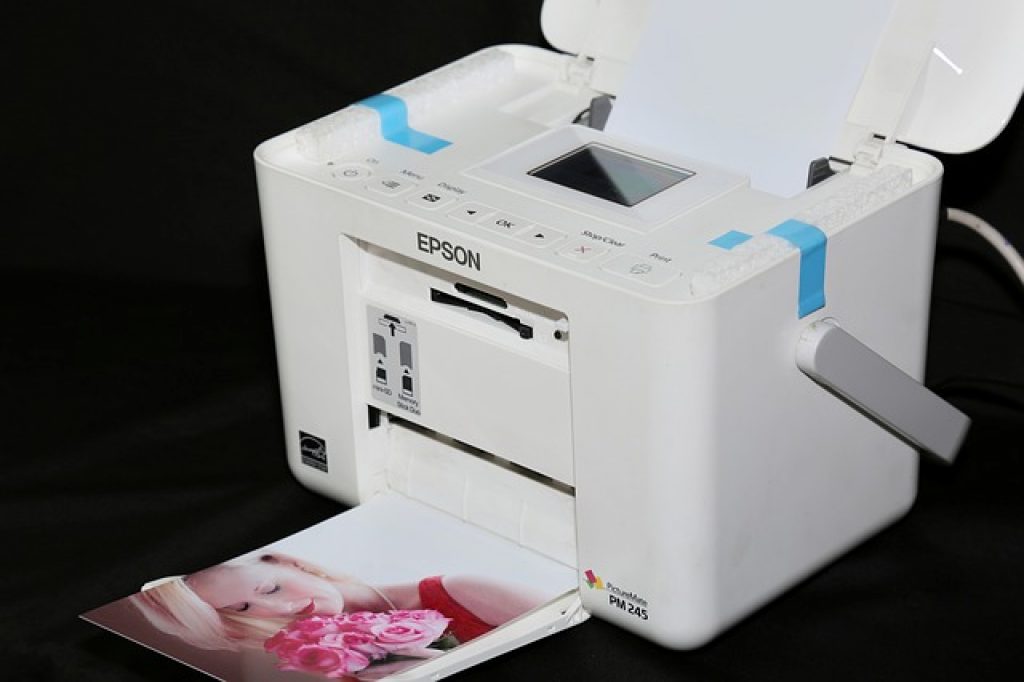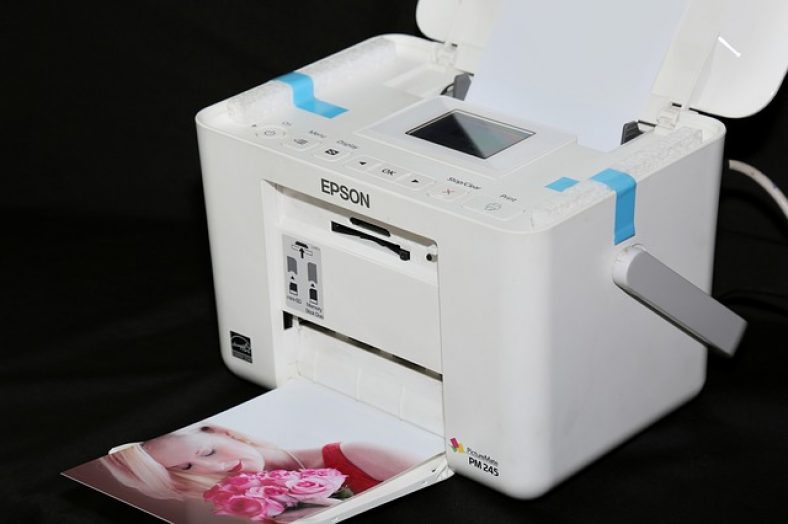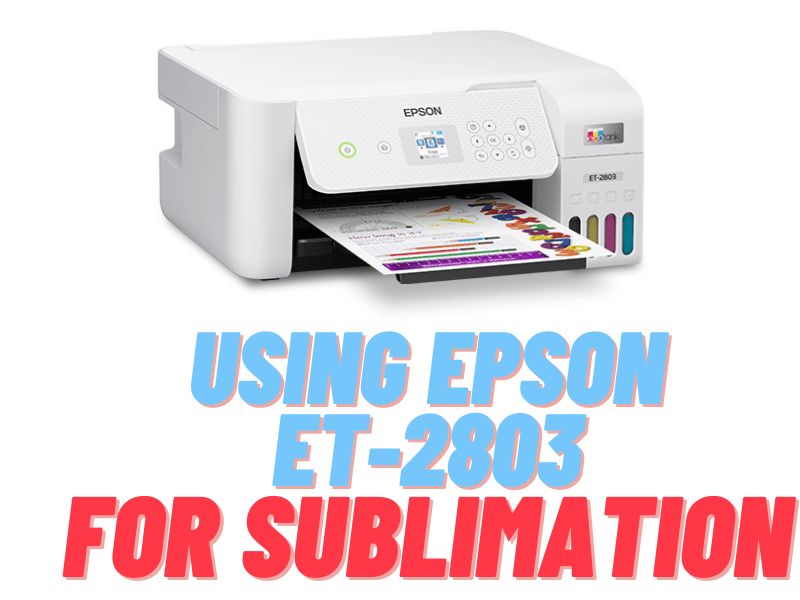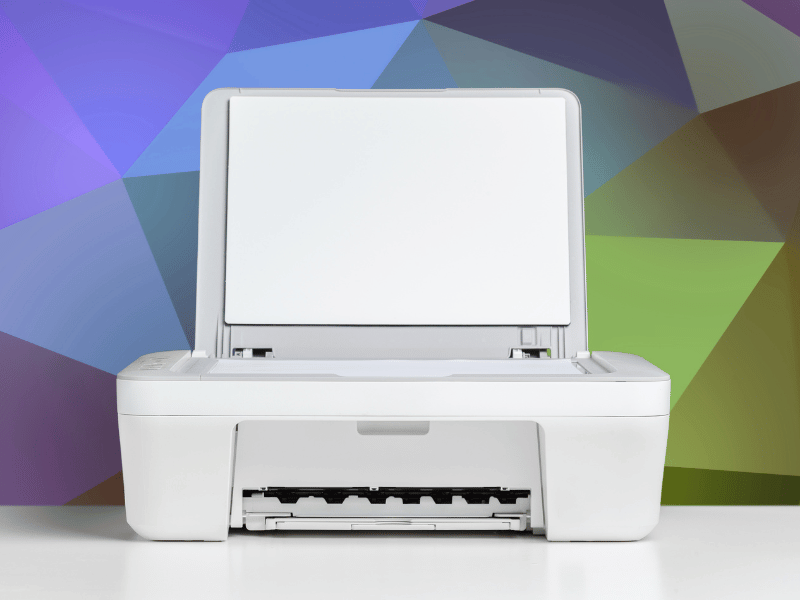Sublimation Explained:
Because dye sublimation printers work under the process of sublimation, it’s necessary to understand sublimation to understand the dye sublimation printing process. On the most basic level, the phase of a matter is determined by the amount of space between the matter’s atoms. Of solids, liquids and gases, solids have the most closely packed atoms, while gases have the most loosely packed atoms.
Heat energy is added or taken away from the atoms to make them spread apart or come together in a phase change. More energy is needed to change phase at higher air pressures, thus it is easier for a solid to change to a liquid or a liquid to change to gas if pressure is low. When the amount of heat energy supplied to the atoms exceeds the amount to change only one phase, the atoms skip the liquid phase and go directly to the gas phase–this is sublimation.
Main Components:
In a dye sublimation printer, there are four separate ribbons. Each ribbon has one color of dye. The colors include yellow, cyan and magenta; the fourth ribbon holds a lamination material. There is also a thermal printing head and print rollers.
Basic Process:

During printing, print rollers move the thermal printing head over the ribbons. The heat from the printing head excites the atoms in the dye contained in the ribbon, and they spread apart and change from the solid form to the gaseous form.
The gaseous dye permeates the print media, whether it is photo paper, regular paper, or cloth, and as the atoms lose energy, they come closer together again and return to the liquid and solid states. Only one ribbon is heated at a time, so the process is repeated four times and the finished print job actually has four layers of dye.
Considerations:
Small amounts of the dye used in dye-sublimation printers get diffused because the dye is transformed into the gaseous form. This means that the prints that result from the printing process aren’t as clear.
Furthermore, the print media used has to be treated to allow for the sublimation, which means that the media range available for printing isn’t as high. Lastly, the ribbons cannot be reused because each print job removes the dye from specific parts of the ribbon–voids would occur in subsequent prints if the ribbons were used multiple times.
However, dye-sublimation printers do not require head cleaning, parts break down far less often because there are fewer parts that move, and the prints always are ready to handle immediately after printing because of the way the sublimation process works.




